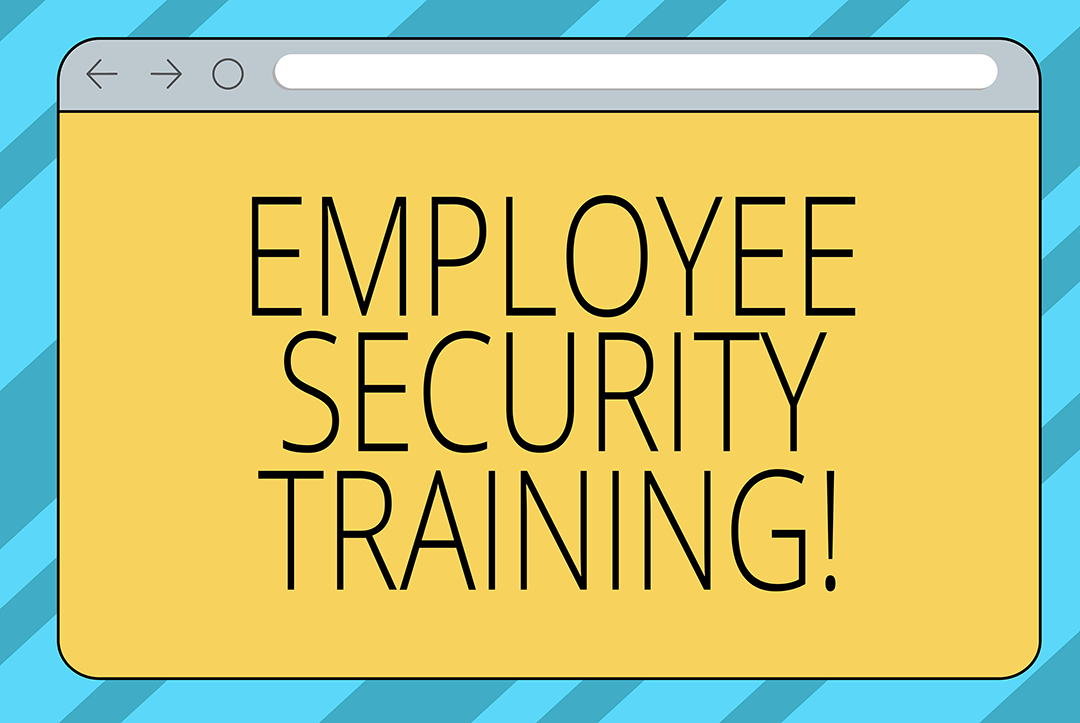Employee Cybersecurity Training - What's the Big Deal?
You've heard of the dangers - phishing, malware, ransomware, spam, hacking, social engineering. What if there was a way to protect your business from...
3 min read
Heather Trone Jul 29, 2021 11:24:47 AM

Here are some eye-opening statistics regarding employees and cyberattacks:
Those are some pretty startling facts about how human interactions by employees affect your business's security. Further research indicates that email is now the most common entry point for malware, providing access in more than 90% of data breach cases. This statistic shouldn't be shocking. Your IT team or Managed IT Services partner provides your business with lots of security standards, including endpoint security management, network monitoring, two-factor authentication and other sophisticated systems to protect your business. The one thing that your IT department cannot control directly is how your employees react to incidents like phishing emails, phishing phone scams or SMS phishing, also known as smishing.
So if email is the most common point for cyberattacks, how can your business help to mitigate its risk from phishing via email, phone calls or text? Robust security policies and the latest solutions will help, but you can significantly reduce the likelihood of a data breach by adding comprehensive security awareness training for your staff.
An effective security awareness training strategy will equip your employees to spot phishing, email spoofing and other email threats. That training cannot be a one-and-done effort. Consistent security awareness training will keep employees informed on the latest in cyber threats and help you develop a security-focused culture within your company. Through continuous training, cybersecurity awareness becomes second nature to your employees as you reinforce the knowledge they've acquired regularly. A culture of security awareness helps employees while they are at work and helps them make informed choices in their personal email and online interactions.
The goal of developing a security-focused culture within your business is to nurture positive security habits with employees. This can be as simple as getting into the habit of locking your computer screen when leaving your desk to prevent data from being seen by unauthorized users. Another way to ensure your messages are hitting their mark is to conduct random security tests. Many phishing attacks come in an email about current events or popular culture - right now, the Olympics are a hot topic for phishing schemes. Using these types of items to test your employees' knowledge is a great way to see just how much your staff has learned and tailor training to employees based on the area of greatest need.
Security awareness training, until recently, was often a lecture, either online or in-person, using a slide deck to discuss cyber threats. Businesses would conduct training sessions once a year or at the time of a new hire, but these often proved ineffective due to their uninteresting nature and lack of follow-up sessions. To develop a security-focused culture, implementing robust security awareness training is critical. Here are a few tips to make sure your training is successful:
By conducting regular security awareness training, you can help to develop a security-focused culture within your business. Training enables employees to detect potential cyber threats and handle them with the proper actions. Implementing a security training program in your company can be challenging. Fraser can help you seamlessly integrate security awareness training into your business operations. One of the best defenses against a cyberattack is having employees who can easily detect a threat and report it to your IT team or managed services provider. Let us help you get started today!

You've heard of the dangers - phishing, malware, ransomware, spam, hacking, social engineering. What if there was a way to protect your business from...

Every day brings another data breach, ransomware attack or phishing attempt on businesses around the globe. Whether it's a local business or a...

When the Russian invasion of Ukraine began, the Cybersecurity and Infrastructure Security Agency (CISA) rolled out the Shields Up Program as the...